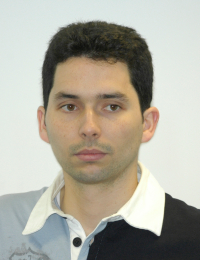
Julián Garrido, a Visiting Research Fellow at WIT from the University of Granada, recently presented a seminar at Ashurst Lodge on ‘Knowledge Representation and Environmental Impact Assessment’.
EIA (Environmental Impact Assessment) is a complex problem due to the wide range of different human impacts, the amount of different environmental indicators to measure the effect of an impact, and the correlation among them. An ontology domain for EIA has been developed to deal with this problem and two different applications where it is being used were introduced.
The first one is an application to support knowledge mobilization in EIA based on a formal model to represent relevance between context descriptions and domain-knowledge subsets. The CDR (Context-Domain Relevance) pattern allows building a mobile tool to assist in data collection phase to establish the relevant indicators in a particular scenario. The second application deals with the two major tendencies in ontology development. The first is typical of specialized knowledge areas such as genetics, biology, medicine, etc., and involves building large ontologies in order to include all the concepts in the knowledge field. In contrast, the second type of ontology which was developed contains fewer concepts, and is more focused on the semantic completeness of concept definitions rather than on the number of concepts.
As an innovative solution to both problems, BRONER was presented. This is an application that permits the extraction of brief ontologies from large ontologies, thus reducing the number of concepts and the semantic complexity of their definitions. The tool has been satisfactorily applied to the EIA ontology to extract brief ontologies for specific human actions and industrial activities.

 Wessex Institute
Wessex Institute